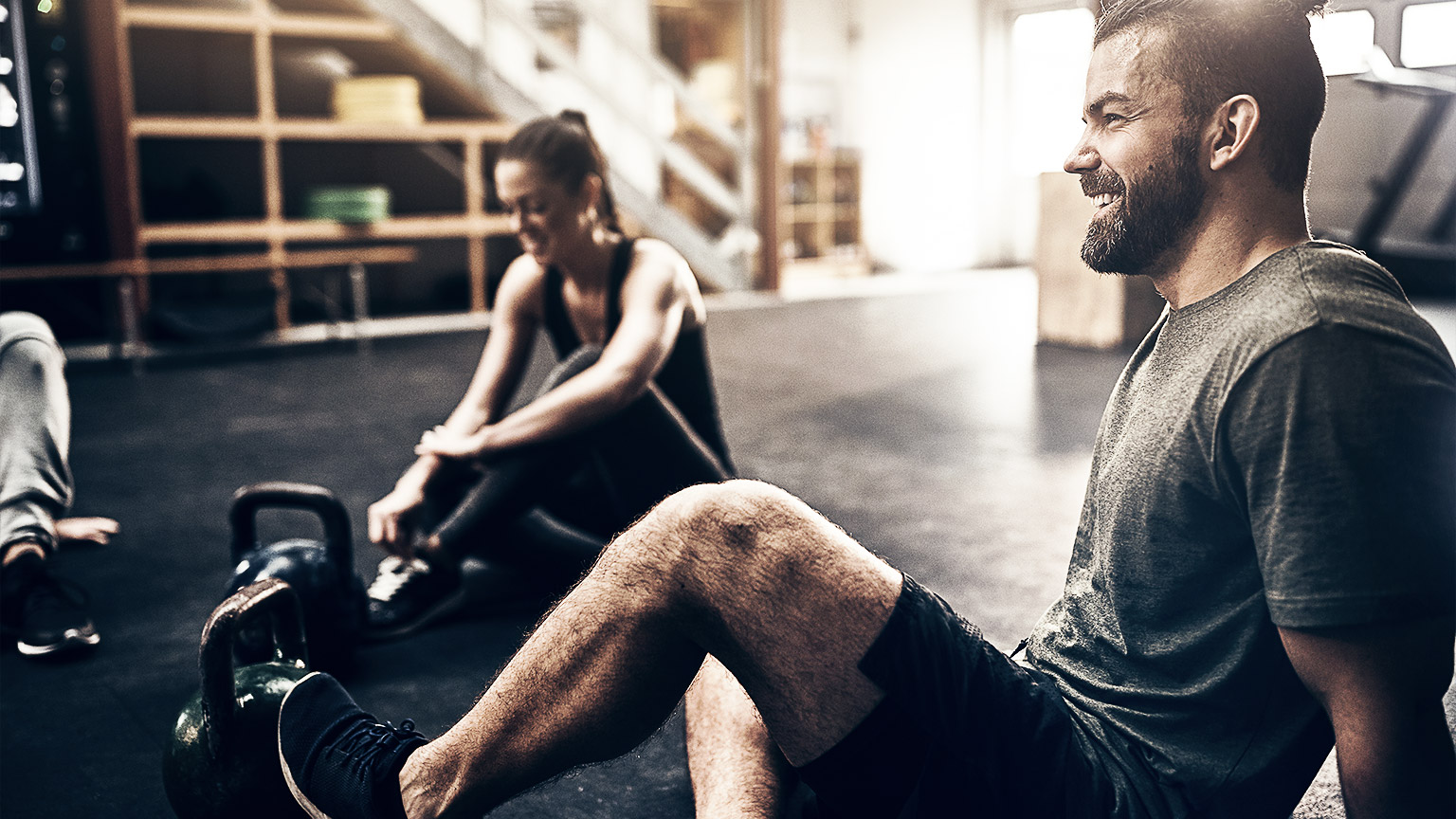Think about your last experience when you paid for a service. Perhaps it was a tradesperson, mechanic, doctor, or hairdresser. In each case, you chose the service with expectations of what you would receive and how it would be delivered to you by those providing it. This is known as the service standards.
Service standards
It’s important to define your service standards for both you and your clients. Typically, this means outlining expectations of accuracy, suitability, and timeliness, i.e., what, when, and how you deliver your service to your clients.
Customer service standards are the different types of individual standards that you can consider.
Examples of customer service standards include:
- I will conduct a follow-up call with each new client within 24 hours of their first training session to gain feedback on their experience and to see if I can do anything different.
- I will follow up with clients by text or call when they miss a session to check-in with them.
- I will maintain an active Facebook page with at least 2 posts a week.
- When a client has a personal challenge, e.g., a 10 km run, I will wish them luck and check-in with how they did.
- I will ensure I arrive at a training venue ten minutes early and be set up in time for the client to arrive so the session can begin promptly.
- I will offer 10 minutes post-session for my clients to discuss their experience and seek feedback on my session delivery.
You’ll get to research service standards more in a future module, Personal Training as a Business, including creating service standards that align with your business vision and brand.

A major part of the role of a personal trainer is making sales. A personal trainer with poor sales skills will not be as commercially successful as their competition. Sales and marketing skills need to be taken just as seriously as other key skills you gain through the course, such as exercise programming and nutrition.
Here are a few words for the wise, never show you're worried about making a sale. Even if you are, that worry will be apparent to the client. Always present as positive and enthusiastic, even in tough circumstances.
The benefits of rapport
The best salespeople build rapport with their clients (and potential clients).
Rapport is a ‘friendly, harmonious relationship... characterised by agreement, mutual understanding, or empathy that makes communication possible or easy’ (Merriam-Webster, n.d.).
New clients want to know that you care about them and their health and fitness. They already expect you to be knowledgeable about health and fitness. But what they don’t know is whether you care.
When you meet a new client, practice these 8 tips to build rapport:
- Come with an open mind and put aside judgement
- Listen actively
- Remember eye contact
- Smile genuinely (it helps if you enjoy what you do!)
- Greet with a salutation (e.g., hi, hello, kia ora) including their name and handshake if appropriate (remember to be aware of cultural diversity and personal preference)
- Lean in, be aware of body language and non-verbal cues
- Be mindful of personal space, remember proximity
- Mirror a client’s posture, gestures, tone, and tempo to promote a sense of trust and comfort (Comana, n.d.)
Personal training is selling the experience, not the programme
If you seek to understand your clients and relate to them, you can better manipulate their exercise experience. You can create an experience that aligns with what they enjoy, making each session specific to the client.
Asking the right questions in an environment where the client feels comfortable to share, actively listening, and creating positive experiences to maximise positive emotions, means you are on your way to becoming an amazing personal trainer, mentor, leader, and coach.
To create the gift of consistency with clients, we need to influence the small decisions they make every day. Over time, we want clients to become intrinsically motivated, self-adherent, and recognise enjoyment and self-discipline can co-exist!
To achieve this, we need to change their emotions, which we can do by facilitating a positive experience. Experiences influence emotions. Consistent positive experiences will help clients feel positive emotions and generate positive thoughts. If you recall the cognitive triangle, these positive emotions and thoughts will translate into new decisions and behaviour. This is what cements better behaviours around exercise adherence and consistency.
A positive experience means different things to different people. Determine if your clients are looking for entertainment, education, or engagement.
- Entertainment - I felt joy
- Education - I felt like I learned something
- Engagement - I felt connected
Building rapport and getting to know your clients will help you figure out what they see as a valuable, positive experience. Once you know what they value, you can manipulate how you communicate, connect, and design your workout experiences together.

Tony is a personal trainer at Complete Fitness.
His responsibilities include:
- delivering orientation sessions to new clients,
- demonstrating the correct way to use exercise equipment,
- delivering training to clients and assessing their progress.
Tony has been selected to coach new hires at his workplace. As the first point of contact for the clients at Complete Fitness, team members are empowered to own issues and make independent decisions on behalf of the company in order to provide great service.
What does personal presentation relate to and why is it good for business?
“Personal presentation may be related to personal hygiene, correct work uniforms, clean and tidy clothing, neat and clean hair, and overall attitude.
Within a customer service environment, personal presentation is extremely important. It communicates a range of information to customers including attention to detail, professionalism, company values, integrity, care, competence, honesty.”
How could you acknowledge and greet a client when you see them for the first time?
Demonstrate that you have recognised their presence and convey a friendly attitude, you would smile. Exchanging some form of pleasantries such as "Good morning, lovely day today", "Hello" or "Hi!”. A non-verbal acknowledgement can be making eye contact and smiling and nodding if you are busy with another customer. Welcoming the customer makes it easier to build up trust and a working relationship later.
Use your own personality to start building rapport quickly, be at ease. Make sure your body language is open and remember it is about being interested not 'interesting'.
When busy with tasks, remember to look up regularly, scan for customers and look for opportunities to acknowledge them. It may seem simple, but never let a task come before a customer.
Approach the customer when you can and when they are clearly interested in speaking to you.”
What are some of the principles of effective customer service?
“The whole team needs to support customers, not just one person. Listen to what the customer wants. Always be honest with your customers. Be empathetic – put yourself in the customer's place. Know your products and services. You don’t have to know everything about every product and service, but you should have basic knowledge and should know where to find additional information when needed. Don’t make customers wait – no one wants to stand around twiddling their thumbs waiting for service. At the very least, acknowledge the customer when they arrive and if you are busy, let them know you will be with them shortly.”
What are some other ways you communicate with clients?
“Most of our communication is in-person, conducting client consultations and personal training sessions. However, we also take phone enquiries and set up appointments, and I am sometimes required to respond to emails. The same basic principles apply, although with email I also must make sure my spelling and grammar are correct.”
